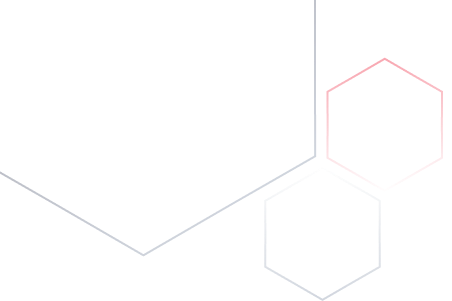Embrittlement
Although embrittlement after galvanising is rare, there are two types that pose concerns to Engineers and Fabricators:
- Hydrogen embrittlement can occur when hydrogen gets trapped within the grains of the steel, causing cracking.
- Accelerated strain-age embrittlement can occur when steel becomes very brittle in high stress areas that are exposed to elevated temperatures.
Hydrogen Embrittlement
Hydrogen embrittlement can take place during the pickling process. Hydogren is absorbed into the steel, but — as a result of the high temperature — can be rapidly expelled once placed in the zinc bath. This can put stress at the location of the hydrogen between the grains, and later causes cracking. Hydrogen embrittlement is typically only a concern when the steel exceeds approximately 150 ksi (1100 MPa) in ultimate tensile strength, or if it’s been severely cold-worked prior to pickling.
Prevention
We don’t know of any steel with a UTS greater than 150 ksi that isn’t quench and tempered. Therefore, a simple, easy safeguard against embrittlement is to refrain from using quenched and tempered steel. If quenched and tempered steel must be used, please consult us on a procedure to minimize the risks of hydrogen embrittlement.
Accelerated strain-age embrittlement
When steel is cold-worked, its crystal structure begins to reorganize. With time, the cold-worked area becomes brittle and the fracture toughness is decreased. Galvanising doesn’t cause strain-age embrittlement, but as steel is placed in the molten zinc and there’s a quick increase in ambient temperature, this process can be rapidly sped up.
Prevention
Prevention of strain‑age embrittlement is dictated by proper design and fabrication. Even if excessively cold-worked material doesn’t fail after galvanising, the embrittlement process will continue over time and a failure may still occur at a later date. Following the recommended, minimum bend radii, as per ASTM A143, will help eliminate the chance of strain‑age embrittlement: If the radii cannot be met, bending the material hot will also eliminate any risk.
ASTM A143 Sec. 6.1 states: “For intermediate and heavy shapes, plates, and hardware, cold bend radii should not be less than that which is proven satisfactory by practice or by the recommendations of the steel manufacturer. These criteria generally depend on the direction of grain, strength, and type of steel. A cold bending radius of three times (3x) the section thickness will ordinarily ensure satisfactory properties in the final product.”
Lastly, the risk can be eliminated by stress relieving the material after bending.
Services
- Express Galvanising and Delivery Service
- Consulting during the design and construction phase
- Corrosion protection consulting
- Support with final building inspections
- Custom-made logistic services
- Full-Service Logistics
- Deliveries of materials to site
- Transport arrangements
Contact our team
At Sperrin Galvanisers, our highest priority is providing you unmatched service and support. Please contact our team, and we’ll be in touch as soon as possible.

Jim McErlean



